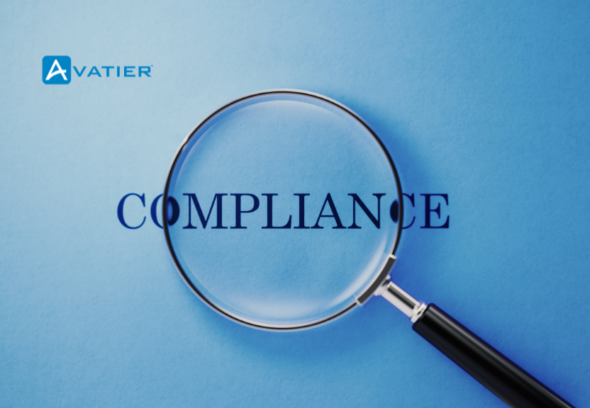Identity and Access Governance (IAG) is an essential component in the current security management programs. It consists of activities, management strategies, and tools that enable the proper person to gain proper access to proper resources at the proper time.
IAM systems have grown to become sophisticated due to the emerging features like cloud computing, remote work and so on. With more and more people joining and more devices and applications being developed, it is impossible to manage identities and access rights manually. It is here that automation enters the scene and changes the very face of IAG as far as the organizations are concerned.
How Automation is Revolutionizing Identity and Access Governance
The application of automation has been a turning point in different sectors, and for IAG, it is the same. With the emerging technologies such as AI and ML, the task of working in the IAG can be made easier and more efficient to carry out since the routine work is likely to be done by intelligent systems while human error is likely to be minimized.
- Automated Provisioning and Deprovisioning: Using AI, a user’s accounts and accesses can be provisioned and deprovisioned through predefined rules and policies, while minimizing the risk of error. This way any access is granted or denied as soon as possible so that users are not given any access that they should not have or have accounts that don’t exist.
- Continuous Access Certification and Recertification: Manual reviews of access are slow and can be full of mistakes as well as contain a number of errors. Another example is that AI-Facilitated automation can constantly observe the pattern of user access and alert risks or policy breaches. This helps organizations to have control on access related problems and to have a good access governance in place.
- Policy Management and Enforcement: It is hard to stay updated with new regulations and polices that are being developed frequently. Business policies can be better policed and implemented through the use of AI automation as it scans and corrects policy infringements, guaranteeing compliance across the firm.
- Risk Analysis and Mitigation: Most AI and ML algorithms can study user behavior patterns, access logs, and threat intelligence to determine other risks and loopholes. This allows organizations to prevent emerging risks and improve their security position in general.
AI Driven Solutions and Their Influence to the Identity and Access Governance
The adoption of AI solutions in IAG has a positive impact to organizations as it creates higher levels of security, compliance and operational effectiveness.
- Enhanced Security: AI can help to automatically manage access to resources and monitor user behaviour, and thus more quickly identify and prevent threats. Such a security approach is highly effective in preventing new and previously unknown cyber threats.
- Improved Compliance: By nature, most regulations and accounting standards require considerable controls and rigorous policies on access. There is therefore a great potential of formulating, implementing and enforcing policies in organizations through effective use of artificial intelligence in order to ensure compliance check thus avoiding heinous penalties that are associated with the noncompliance.
- Increased Operational Efficiency: There are significant problems in IAG from the manual processes that include the following: These are well-managed by AI driven automation which relieves IT teams with the paperwork and allows them to work on more important tasks.
- Scalability and Agility: While freshers may find these traditional IAG approaches more comforting as organizations grow and their IT environment become more complex, they can be inadequate. AI solutions can be more easily scaled, to address changes in business needs and deliver the flexibility required for digital transformation.
Benefits and Risks of Using AI in Implementing Integrated Accounting Groups
Of course, the advantages of the AI-driven automation within IAG are quite apparent, but the organizations need to be prepared for possible difficulties as well.
- Data Quality and Availability: AI and ML algorithms depend upon quality data to deliver their results and outcomes. It is imperative that organizations maintain a clean, comprehensive and up to date identity and access data.
- Integration and Compatibility: The decision of implementing AI-based solutions and incorporate them with IAM frameworks as well as other IT platforms is challenging and demands attention to relevant peculiarities.
- User Acceptance and Change Management: People are often reluctant to accept new technologies and processes that are implemented in their organizations. It is evident that organizations need to make significant investments in change management to enhance user acceptance and usage.
- Privacy and Ethical Considerations: Since AI-driven solutions also involve analyzing personal user data, there are privacy issues that have to be solved, and legal and ethical standards to be followed.
- Skilled Resources: The adoption and sustenance of IAG solutions with the help of AI also call for certain specific competence. It may require firms to spend money in providing a familiarization of the new awareness to the existing workforce or employing appropriate manpower with such awareness.
Conclusion
Before you start moving towards the AI-enabled IAG solutions, it is crucial to assess your organization’s requirements, issues and preparedness. One might thus face certain challenges, which will have to be eliminated ahead of time, and constant improvement of the organizational culture will also be important.




